I don’t know about you, but I suffer from a variety of different travel illnesses; car sick, air sick, sea sick…you name it!
Which means that I have to take special precautions when traveling. If we are on a curvy road, it is best if I drive because keeping my eyes on the road helps me keep my stomach settled. On any plane or boat ride, I take Dramamine and order ginger ale. Like most people who suffer from motion sickness, I found this out the hard way. I was about 6 years old, and I was coloring in the back seat of my mom’s car when we discovered that looking down in the car was not for me.
Considering you may be traveling this holiday season, I thought it would be appropriate to address motion sickness in pets and what you can do to prepare for your trip. It’s important to understand that both cats and dogs can experience motion sickness. To identify motion sickness in your pet, you should look for the following symptoms when traveling by car (PetMD):
Yawning or crying out in distress: Rooney is what I would call a talker. He is always verbally expressing his opinion, and occasionally, he cries out in the car. However, he has the habit of doing this to get our attention. So, if your dog is very vocal on a regular basis, cries or vocalization in the car may not be a sign of motion sickness. Cats can also cry out in distress while in the car. We would often see cats arrive at the veterinary hospital still crying loudly from the car ride. Knowing what is normal for you pet can be helpful to determine if this is a sign of motion sickness or not.
Excessive Licking: Excessive licking can be a sign of nausea and stress or a combination of the two. Dogs often exhibit this behavior when they are uncomfortable in some way. When I worked at the veterinary hospital, we would occasionally see some patients excessively lick while recovering from surgery. In these cases, it was often a combination of anxiety (from being in the hospital) and possibly some nausea from the anesthesia. In any case, be sure to keep checking on your dog throughout the trip for this symptom.
Excessive Drooling: Drooling is a sign of nausea in both dogs and cats. Your dog may drool a bit if you are traveling in warmer temperatures. However, excessive drooling is what you want to avoid.
Posturing: Occasionally, pets will look very stiff and uncomfortable. They might even refuse to move and almost look frozen. In this case, they are expressing their true discomfort regarding the car ride.
Vomiting: Because your pet can’t shout out, “HEY! I don’t feel good back here!”, vomiting in the car may be the only symptom you see associated with your pet’s motion sickness.
Urinating/Defecating: Lastly, some pets may even urinate or defecate every time they get in the car. I had a feline patient named Bailey, who defecated every single time he came to the veterinary hospital. Unfortunately, he had diabetes, and therefore, his trips weren’t infrequent. We eventually started doing his exams at his house, so he didn’t have to experience the anxiety/nausea associated with the car.
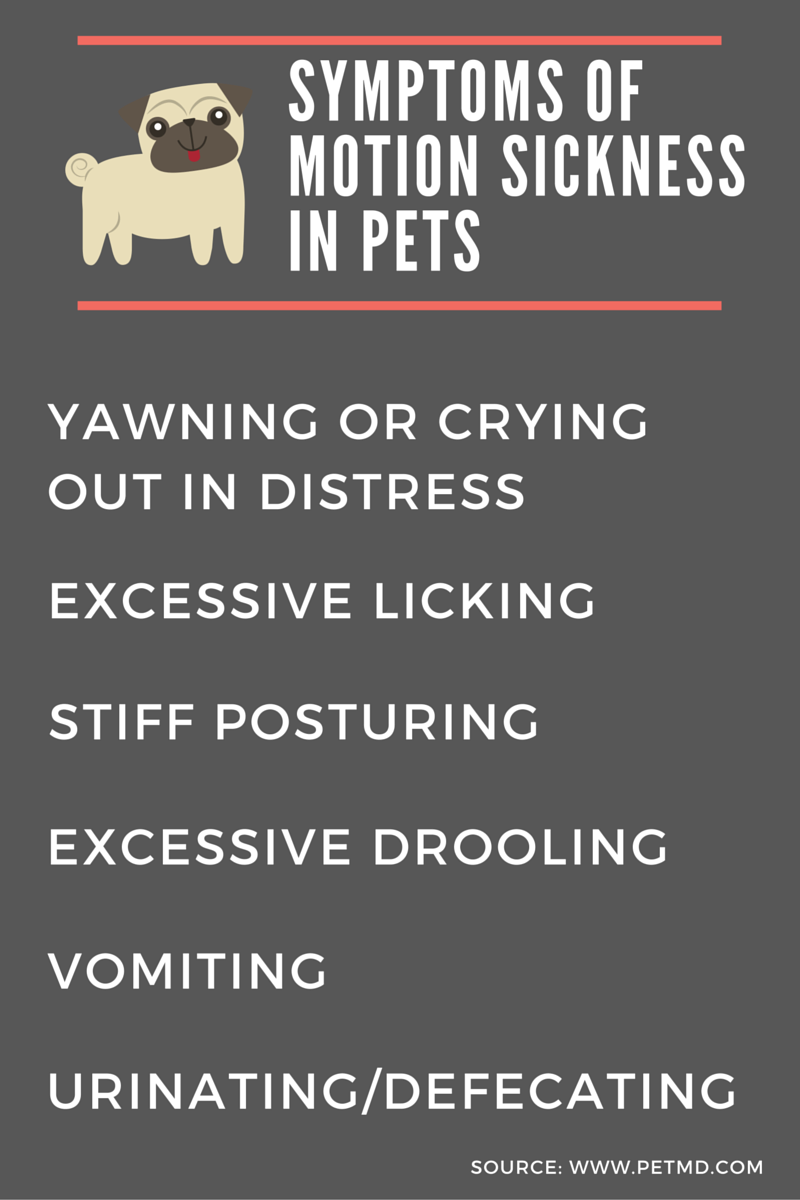
My pet expresses these symptoms, now what?
If you have discovered that your pet does indeed suffer from motion sickness, here are some suggestions:
I highly recommend consulting your veterinarian before travel. Your veterinarian may prescribe some medications that can help your pet feel more relaxed and less nauseated during travel. If you are uncomfortable with giving your pet medications for motion sickness, please ask your veterinarian about holistic alternatives.
In addition to keeping them safe and secure while in your vehicle, you can keep them in a place where you can monitor them for motion sickness symptoms. Some research suggests that your pet should be in the middle seat in the second row, rather than in the very back of the car where more movement can be felt.
It is possible that your dog needs to get used to traveling in the car, and you will then need to desensitize them to the car over time. Be sure to provide your dog with lots of positive reinforcement while they are in the car. Additionally, take them to places they enjoy like the park or on a playdate, not just to the veterinarian or groomer. It is always good to start with short car rides and work your way up to longer trips.
Lastly, if you have a young dog, it’s possible that your dog will outgrow the behavior as their equilibrium develops (PetMD).
If you know that you need to travel for this holiday season, please get a feel for how your pet will do in the car ahead of time. Based on my experience, it’s great to know what you are up against, and be prepared.
Does your dog or cat suffer from motion sickness? What solutions do you use to help them?
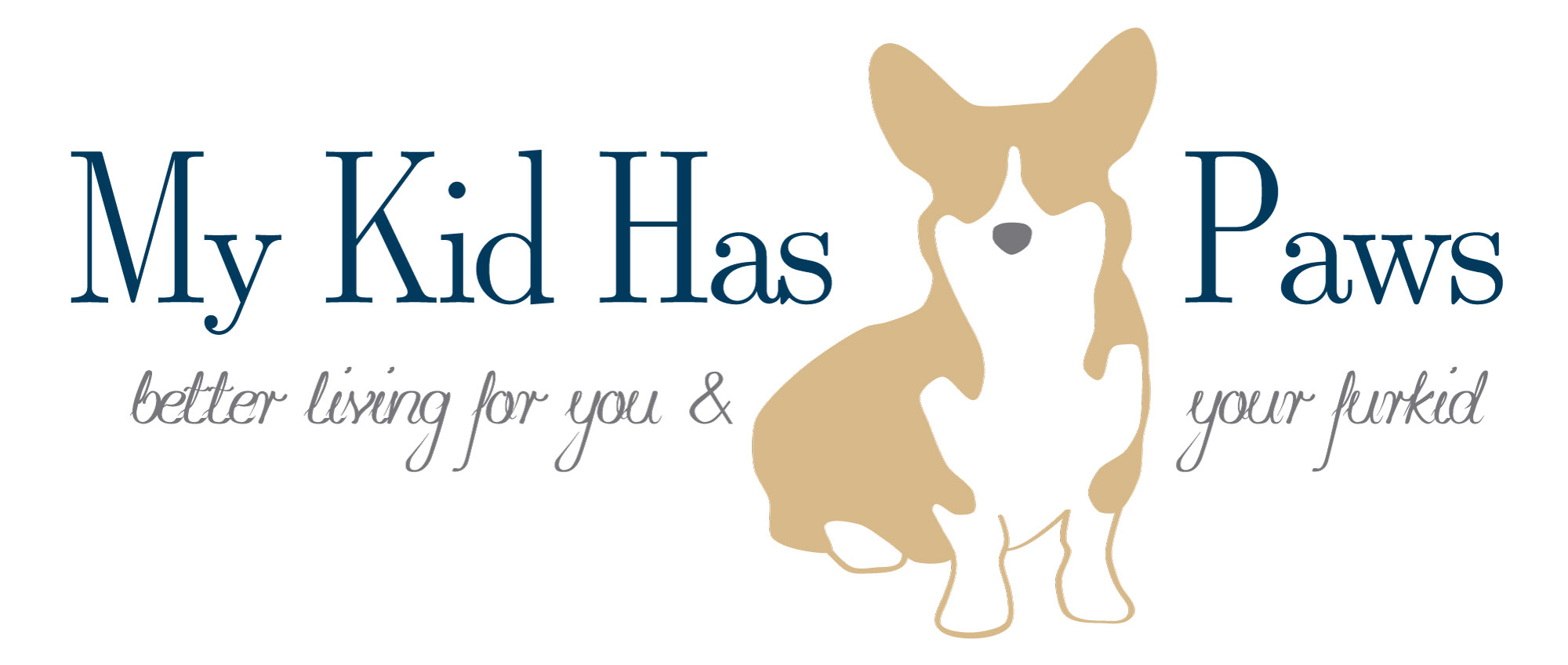
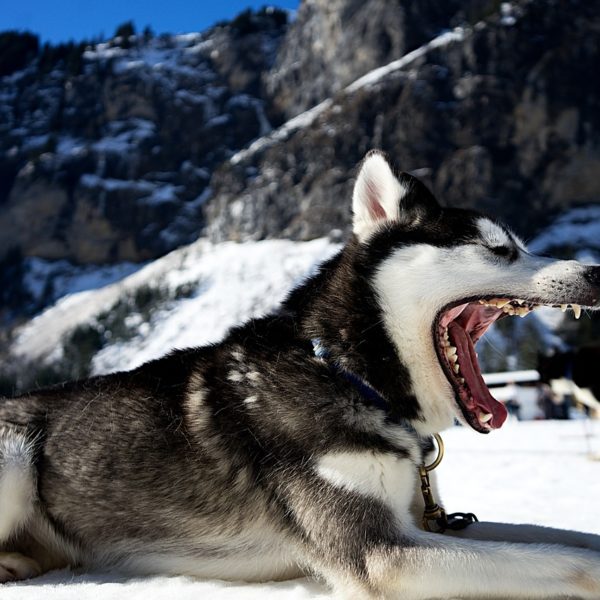
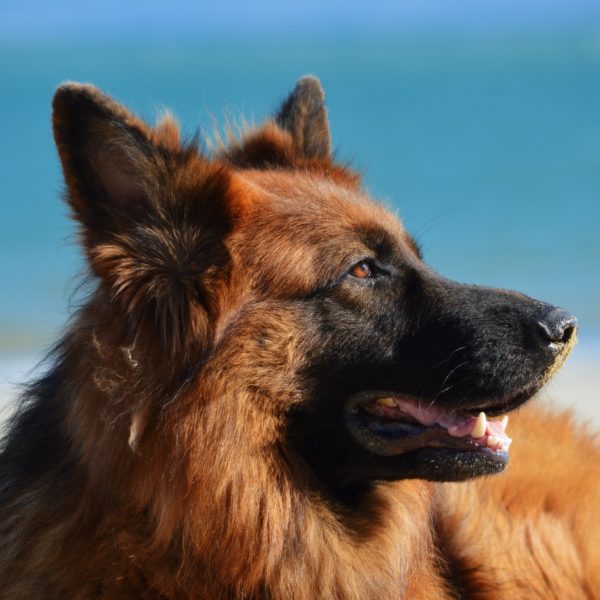
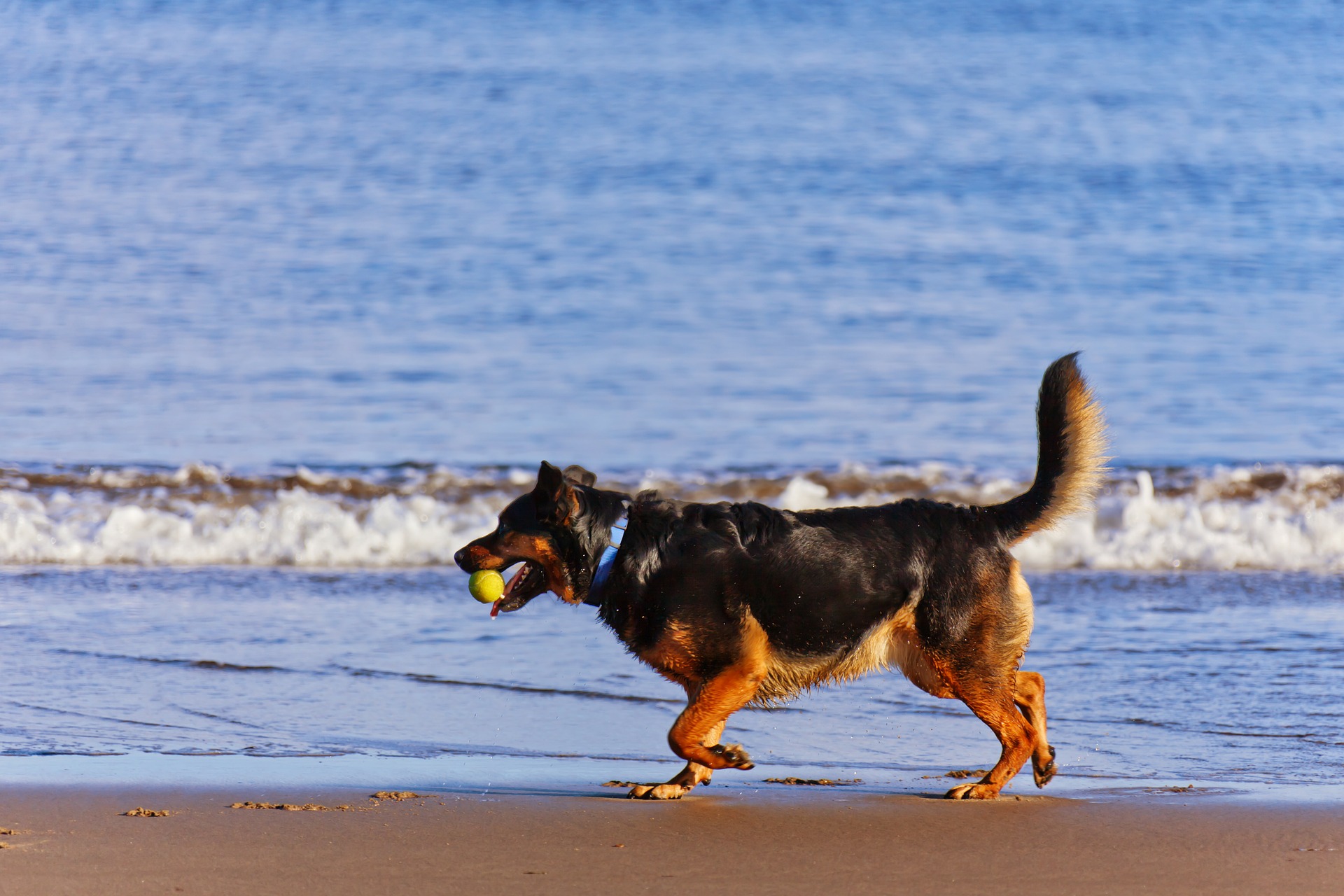
M. K. Clinton
November 16, 2015 at 11:51 amI am so sorry that you suffer from motion sickness. That is no fun at all. ☺ Neither of the boys suffer, but they don’t look out very often unless we stop. This is excellent information.
M. K. Clinton recently posted…I’m A Dreamer #MoreLove
Kimberly Gauthier
November 16, 2015 at 7:08 pmWhen Rodrigo was a puppy, he suffered from motion sickness. Our vet gave us a great system to help him. Every day after work, I would sit in the car with him. I did this every day for a week. Then I moved the car as we sat in it – just backward and forward again in our driveway. The next week, I moved a little further – at the time, we had a wrap around driveway so I was able to build up his tolerance to make it around the driveway.
By the time we finished, he could make it to the dog park (5 miles away) without getting sick.
The dog park and the vet’s office is as far as we went with him. One day he outgrew it and he’s never been sick again. He loves car rides.
Kimberly Gauthier recently posted…#ShedHappens When Raising Four Raw Fed Dogs
Lindsay, Matilda - Little Dog Tips
November 17, 2015 at 11:47 pmAh, yes. Matilda’s pretty good in cars, but on both of the trips she took with us, driving up the mountains of the Sequoias, she threw up in my lap. She just had a funny smile shortly before it happened – next thing I knew I had dog food chunks all over my shorts. She seemed to feel better on the trips down.
I don’t think I’ll want to take her up there again, but if I do, I probably won’t feed her that morning, or keep it light if she’s very hungry.
Lindsay, Matilda – Little Dog Tips recently posted…The Right Way To Stop Your Dog’s Accidents
Jenna,Mark “HuskyCrazed” Drady
November 18, 2015 at 7:24 amAw wow! Motion sickness is not fun for anyone!
ღ husky hugz ღ frum our pack at Love is being owned by a husky!
Jenna,Mark “HuskyCrazed” Drady recently posted…Life Is Short, Live It…